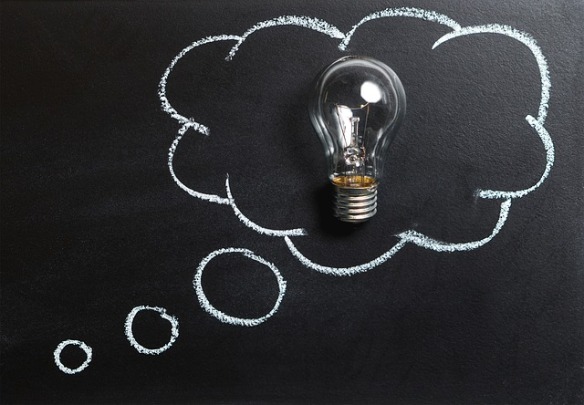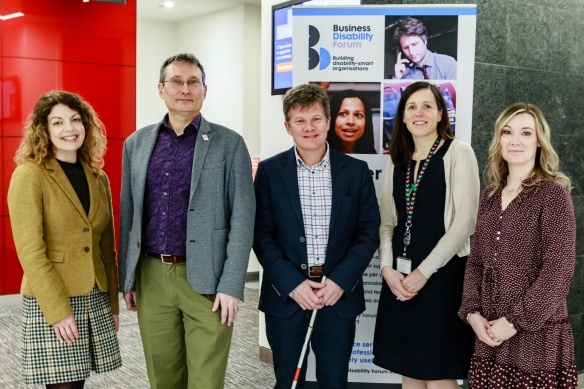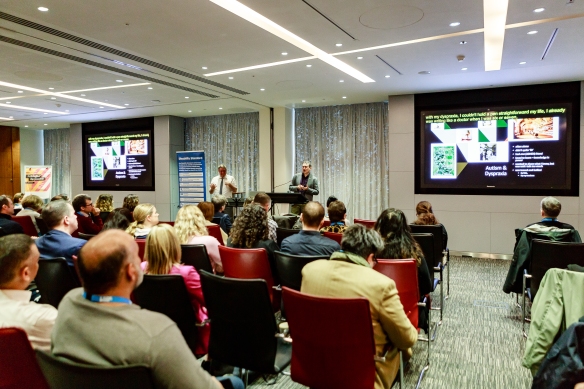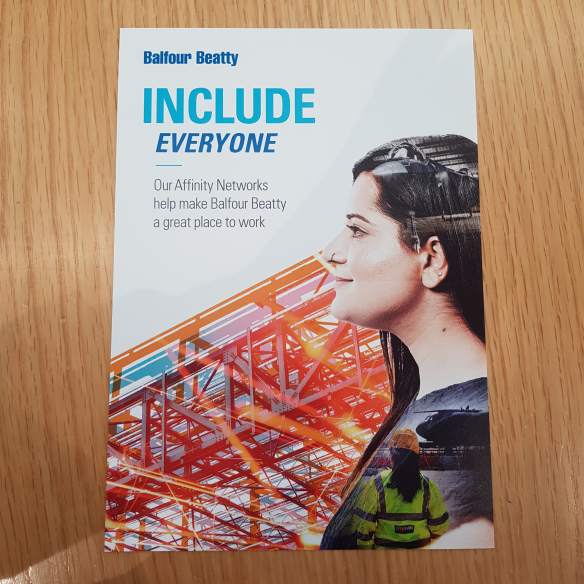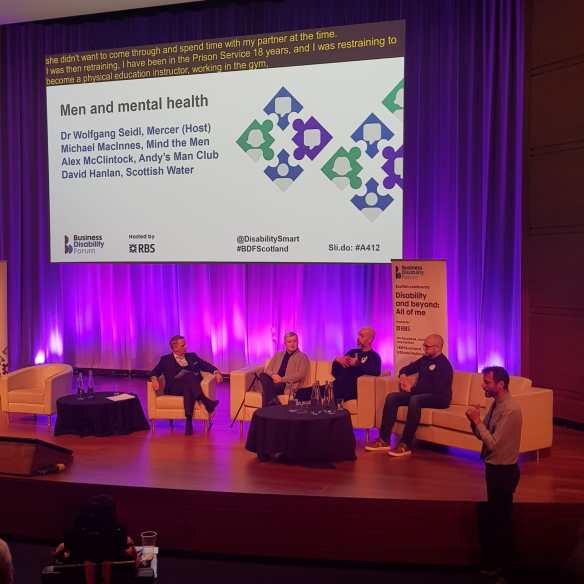Diane Lightfoot, Business Disability Forum
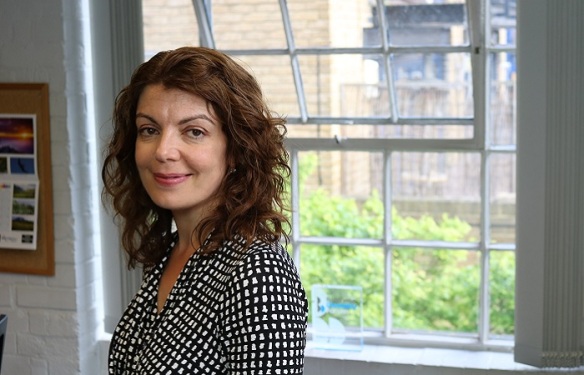
Monday 18 May marks the start of Mental Health Awareness Week and the good news is that mental health is more talked about than ever in a way that would have been unimaginable a few years ago. But there can still be a stigma and the fear of being judged for admitting a “weakness”, which is why awareness weeks are so important in helping to normalise the conversation.
And much of that conversation needs to happen in and around work. Most of us spend much of our life at work even if, in the current climate with Covid-19, that means working from home! So, employers have a crucial role to play in supporting their employees to manage their mental health and to support them through periods of mental ill health – including in lockdown with all the additional complexities that it brings.
Culture is key. We talk about encouraging a culture where people can be their “whole selves” at work and don’t feel they have to pretend to be something they are not. Awareness weeks can play a huge role here in providing a platform or a hook for a conversation. It’s also important to recognise that people may not want to talk about their mental health and that’s OK too. So, do what you can so that people who don’t want to, don’t have to. Consider new policies and procedures through a mental health (as well as a broader disability) lens. That means thinking upfront about whether your new initiative will work for someone who has a mental health condition – and if not, doing what you can to change it.
Raising awareness of preventative aspects of mental wellbeing like healthy eating, regular breaks and exercise is important too – but equally importantly, make sure that these are modelled from the top; if the boss never takes a lunch break, their team is unlikely to do so!
Of course, awareness weeks and days are not an end in themselves. They need to be backed up by practical action to support people who become unwell. Here people managers are key, and employers need to equip them with both the tools to have the conversation with someone who seems to be struggling and the practical knowledge of support that is available. Our Mental Health Toolkit contains a wealth of resources for people managers (as well as HR teams and senior leaders) and we have recently completely updated our People Manager Guide to Mental Health to support non HR or D&I professionals to support employees with a wide range of mental health conditions. Do contact our Head of Disability Partnerships Adrian Ward, to find out more about the latter.
One of the key things covered in the guide is how to spot the signs that someone may be struggling or are becoming unwell. For example, changes in routine, appearance, punctuality, communication. But if you are working remotely, how can you tell if someone is struggling? Our Covid-19 toolkit contains a wealth of practical information including how to support employees’ mental health during lockdown. Signs to notice might be the way in which the person behaves or talks about physical symptoms or changes in behaviour, such as missing deadlines, forgetting tasks or seeming emotional or withdrawn. Or not turning the camera on during video calls if they normally do this (note: there are lots of reasons why people may not want to have their video on during calls, and unless another participant needs to see people to support communication – e.g. to lipread – we recommend that this is not mandated). None of these alone indicate that someone might be experiencing ill-health, but you should be wondering whether something might be wrong if the behaviour is out of character or unusual for that individual or carries on for a long period of time.
One of the positives from how we are all working now is that we are all having to be more human. Our workplace “armour” has gone and the intimacy of letting people into our homes (if we are comfortable with turning our camera on) is a powerful thing. Given the importance of culture, I really hope that this will have a lasting legacy in encouraging all of us to be more open about the support we need. As somebody once said, “It’s good to talk”. And I hope that this Mental Health Awareness Week, you will encourage all around you to do just that.
How will you mark Mental Health Awareness Week?
One of the topics that has been coming up for us recently is how to celebrate awareness days remotely when we are not able to physically get together. As well as Mental Health Awareness Week, 21 May also marks Global Accessibility Awareness Day (GAAD) and I was lucky enough to record a podcast with Neil Milliken, Global Head of Accessibility at Atos, to mark the occasion. Atos’s theme for GAAD this year is “Inclusive communications in uncertain times” and I explore that with Neil as well as his plans to celebrate and mark GAAD remotely! Of course, GAAD and Atos is heavily focused on technology and so lends itself perhaps more than some subjects to remote and digital access. But, as I discuss with Neil, it isn’t just about technology; whilst tools are very important it’s also about being human and working differently. You can listen to the podcast here. I hope you enjoy it!

